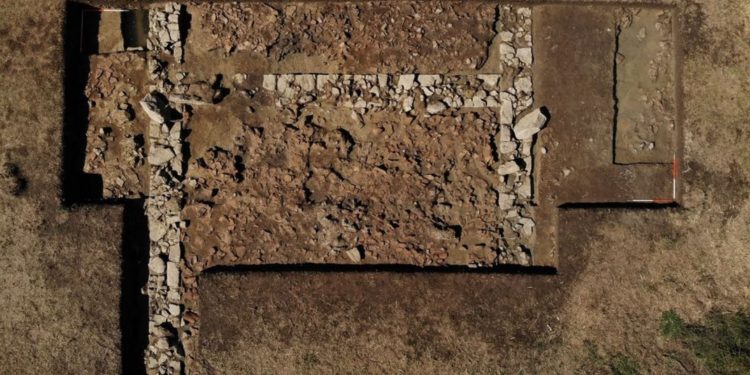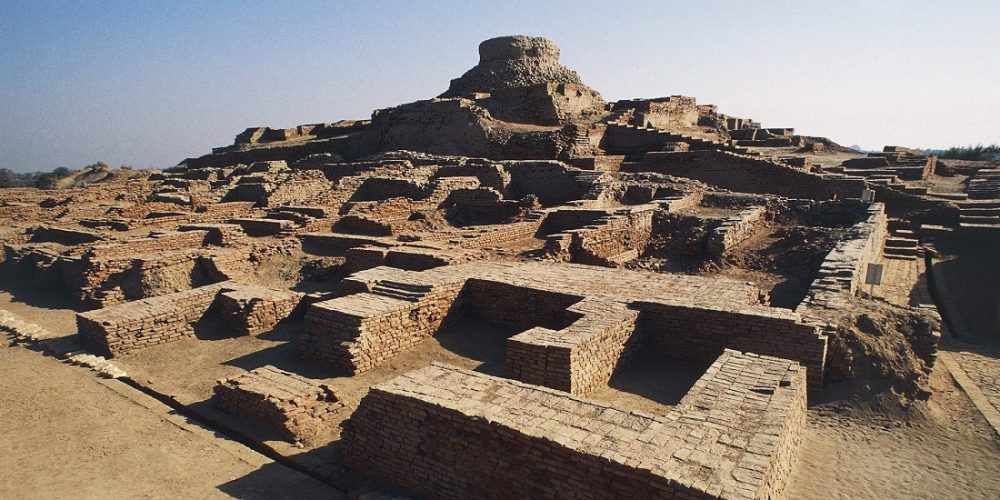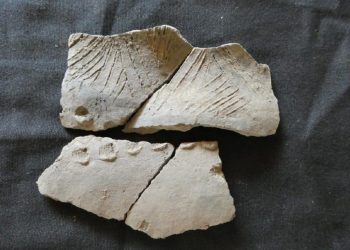The ancient world fascinates me to the bone. From ancient pyramids to long-lost temples, we have much to learn about ancient cultures predating modern society. The ancient world fascinates us no matter where we look. Whether it is history being rediscovered in some distant Mexican cave or labyrinths found deep beneath the Egyptian sand, it is always incredible news. Greece, for example, is another treasure trove of history. Now, it has been reported that archeological excavations have stumped upon a long-lost ancient Greek temple.
Archaeologists have identified ruins near Elis, Greece, as the lost temple of Poseidon of Samikon, described by Strabo. A collaboration between the Ephorate of Antiquities of Elis and the Austrian Archaeological Institute, which co-funds the search project along with the Gerda Henkel Foundation, led to the excavation of the Kleidi site. It is located on the western side of the Peloponnese peninsula. It was found following leads suggested by previous explorers of the area.
A massive ancient temple
Excavators uncovered parts of the foundation of a building 9.40 meters wide, with walls 0.80 meters wide. The ruins date to the Archaic period, matching Strabo’s description of the Amphictyonic League based on a Poseidon sanctuary. According to the Austrian Archaeological Institute’s Athens Branch, “thick layers of roof tiles fill the space between the walls.” Furthermore, experts estimate a building with two interior rooms, an opisthodome, and two pronaoses, at least 28 meters long. Its size was estimated from the geophysics anomalies. A Facebook post by the researchers explains the elongated structure was most likely an archaic temple dedicated to Poseidon on the site of his sanctuary.
Furthermore, the discovery of a marble perirrhanterion in conjunction with fragments of a laconic roof indicates that the building dates to the Archaic period. The large marble vessel itself, resembling a bronze bowl, is indicative of a sanctuary’s inventory. Therefore, experts conclude the site was the center of religious activity for the cities forming the Amphictyonic League of Trifylia. In addition, this league was devoted to Poseidon, the Olympian god of the seas worshipped by the ancient Greeks. As the Austrian Archaeological Institute in Athens notes, “the famous ancient sanctuary has been suspected for a long time in the plain below the ancient fortress of Samikon, which is located on a hilltop north of the lagoon of Kaiafa on the west coast of the Peloponnese, dominating the landscape from a distance.
Strabo wrote about it
Strabo wrote about it in his 8th book Geographika. He noted that this site was the cult center of the Amphictyony in the cities of Triphylia. The sanctuary of Poseidon at Samikon played a central role in their religious and ethnic identity. Archaeologists believe the discovery will shed light on how significant the Amphictyony was political and economically in the 6th century BC. The first excavation period of the five-year research program at Kleidi has just concluded. Archaeological research at the site of the lost sanctuary of Poseidon will continue until 2026. In addition to studying the topography of the area and the Poseidon sanctuary, the project will also map Samikon’s harbor.
Furthermore, The Ephorate of Antiquities of Elis and the Austrian Archaeological Institute conducted geoarchaeological and geophysical surveys of the site in 2017, 2018, and 2021. This was in collaboration with Mainz University (Prof. Andreas Vött) and Kiel University (Dr. Dennis Wilken). The research program in 2022-2026 is a collaboration between the Athens Branch of the Austrian Archaeological Institute of the Austrian Academy of Sciences and the Ephorate of Antiquities of Elis.
Have something to add? Visit Curiosmos on Facebook. Join the discussion in our mobile Telegram group. Join Curiosmos on Telegram Today. t.me/Curiosmos











